Name Elaine Cohen | ||
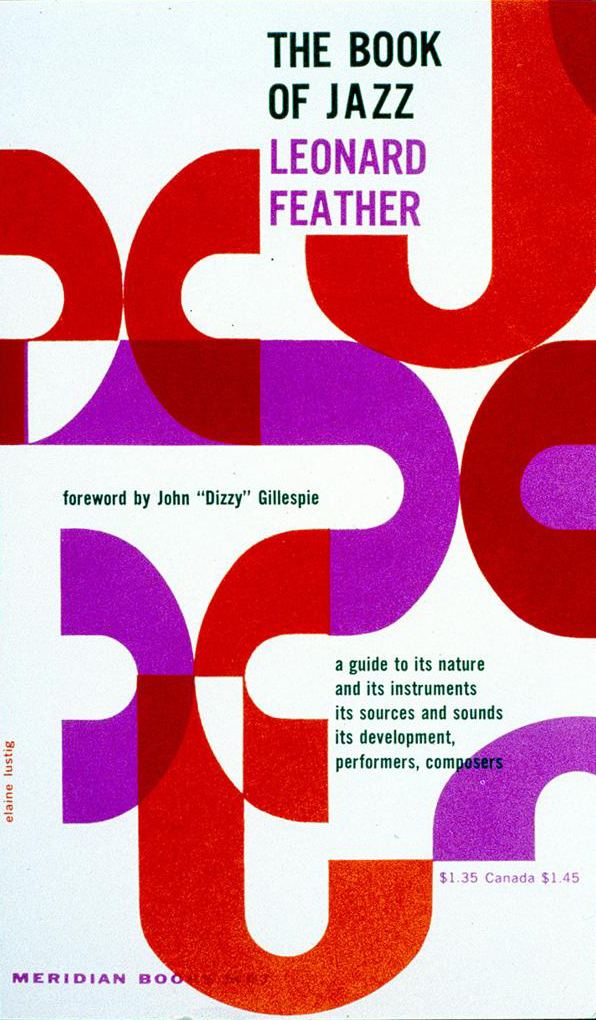 | ||
Books Born Modern: The Life and Design of Alvin Lustig | ||
Elaine lustig cohen interview
Elaine Lustig Cohen (March 6, 1927 – October 4, 2016) was an American graphic designer, artist and archivist. She is best known for her work as a graphic designer during the 1950s and 60s, having created over 150 designs for book covers and museum catalogs. Her work has played a significant role in the evolution of American modernist graphic design, integrating European avant-garde with experimentation to create a distinct visual vocabulary. Later continued her career as a fine artist working in a variety of media. In 2011, she was named an AIGA Medalist for her achievements in graphic design.
Contents
- Elaine lustig cohen interview
- Elaine lustig cohen aiga medalist
- Early life education
- Graphic design
- Ex Libris
- Artist
- Awards recognition
- Solo exhibitions
- Group exhibitions
- References

Elaine lustig cohen aiga medalist
Early life & education
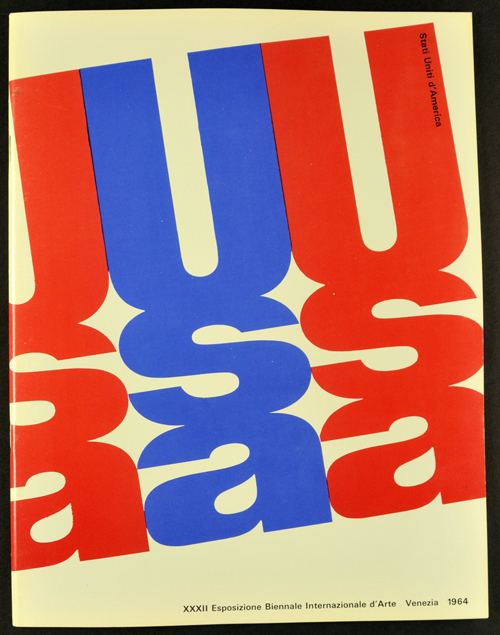
Cohen was born in 1927 in Jersey City, New Jersey to Herman and Elizabeth (née Loeb) Firstenberg. Herman was a Polish immigrant and worked as a plumber. Elizabeth, a Jersey City native, attended high school and secretary school before marrying Cohen's father. Elizabeth instilled in Cohen from an early age the idea that being a woman was not a limitation and encouraged her to pursue her passions, paying first for drawing classes and eventually for her college education. As a teenager, she was exposed to the contemporary art world through Naomi Savage, a niece of Man Ray, and took frequent trips to New York City to visit galleries and museums, such as Peggy Guggenheim's Art of This Century gallery and the MoMA.
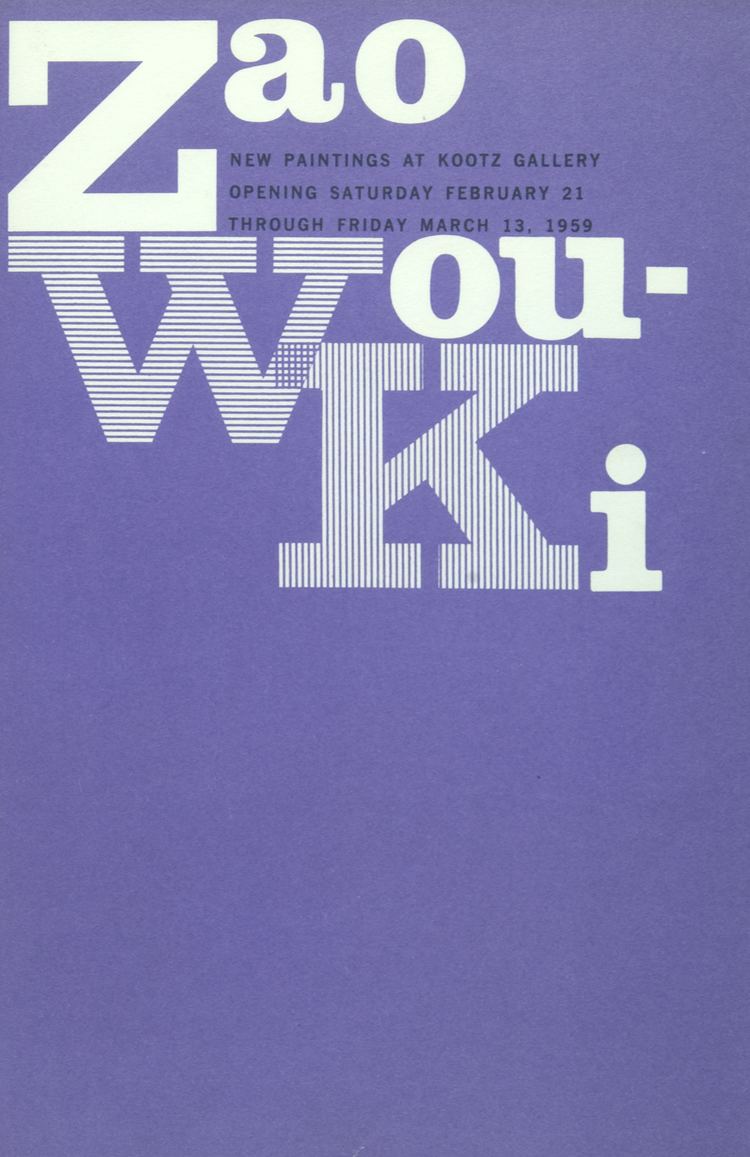
After finishing high school, Cohen enrolled in the Sophie Newcomb College at Tulane University. Two years later, she transferred to the University of Southern California where she graduated in 1948 with a bachelor of fine arts degree. However, she did not intend to work as a fine artist, recalling that at that age, "the idea of being an artist never even occurred to me, [...] Coming from a middle-class Jewish family, I didn't know what it was to be an artist."
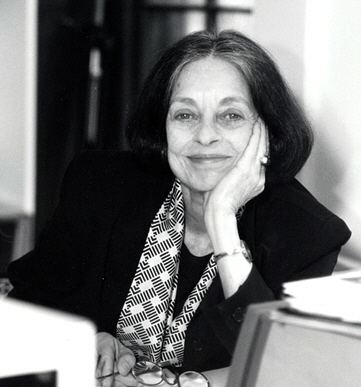
In 1948 during an opening at the Modern Institute of Art in Los Angeles where she was a summer intern, Cohen met graphic designer Alvin Lustig. He was 12 years her senior, at age 32. The two were married in December 1948 and continued their relationship for seven years, until Alvin's death in 1955. Alvin was diagnosed with diabetes as a teenager and died from complications of the disease.
Graphic design
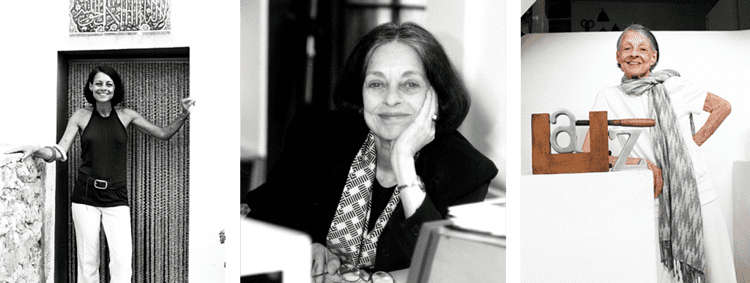
Cohen and Lustig moved to New York in 1951 where she worked as his assistant. Lustig never intended to teach her graphic design, insisting that his assistants execute his work instead of creating their own designs. Despite this, carrying out Lustig's artistic visions and observing his process taught Cohen various graphic design techniques. Shortly after her husband's death in 1955, she was approached by architect Philip Johnson to complete a commission given to Lustig to create the signage for the Seagram Building. Johnson was so fond of her work on the signage that he later hired her to create catalogs and advertisements for the building's rental spaces. Around the same time, Arthur Cohen, founder of Meridian Books and a friend of the Lustigs, insisted Elaine create cover art for the publisher's new line of paperbacks. She and Arthur married in 1956. Of working for Arthur, she said, "Having a husband being your client is pretty easy. You never show them what you're doing until late at night. They're exhausted and they say, 'I like it.'" This intimate working relationship gave her the opportunity to build upon what she observed in Lustig's studio and create her own style distinct from that of her late husband's.
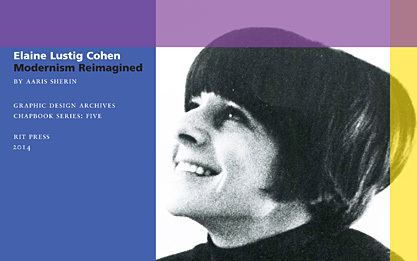
When designing book covers and museum catalogs, one of her primary goals was to make sure the image on the cover reflected the voice of the work inside. Her modern approach was an alternative to the literal depiction of a book's narrative that was more common during this time.
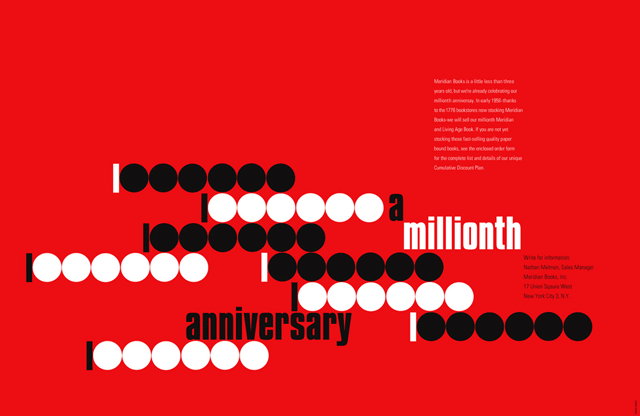
Other prominent clients of Cohen's during her time as a graphic designer were General Motors, The Jewish Museum, the Museum of Primitive Art, and Rio de Janeiro's Museum of Modern Art. She designed catalogs, signage, and other printed materials. She often collaborated with architects to ensure that her designs reflected and enhanced the architecture. She continued her career as a graphic designer until 1969.
Ex Libris
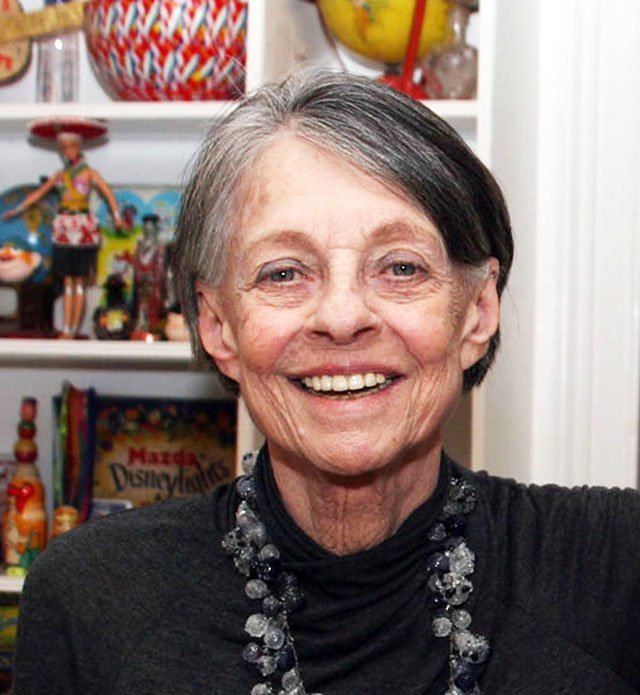
Arthur Cohen sold Meridian Books to World Publishing in 1960, and Elaine wished to turn to painting full-time. By the late 1960s, the two both left commercial work in order to focus on their creative pursuits and found themselves in need of additional income. They had a growing collection of early 20th century European avant-garde books, magazines, and periodicals. Arthur noticed they had many duplicates and decided to sell them; within one week, he sold everything from that first group. This experiment evolved into the founding of their rare book shop and gallery Ex Libris in 1973. They were some of the first Americans to sell European avant-garde materials, and found success in being one of the few dealers to meet the needs of this niche market. Their collection included works from various avant-garde movements including Futurism, Surrealism, Dada, and Constructivism. The couple created catalogs for the shop, with Arthur writing the text and Elaine designing the covers. Today these catalogs are considered collectibles. Ex Libris remained their primary source of income until Arthur's death in 1986. Cohen eventually closed the store in 1998 upon having difficultly both finding materials to sell and making a significant enough profit.
Artist
In 1969, Cohen resigned from commercial design work, turning almost exclusively to painting. In the late 1970s, she began experimenting with mixed media, collage, sculpture and printmaking. Like her book cover designs, her work frequently incorporates typography and abstraction. During the latter part of her artistic career Cohen continued to produce works both by hand and digitally using Adobe Illustrator.
Awards & recognition
In 1995, the Cooper–Hewitt, National Design Museum hosted an exhibition celebrating Cohen's career as a graphic designer, which featured over eighty examples of her work. In 2012, the AIGA had an exhibition in the AIGA National Design Center in New York City called, "The Lustigs: A Cover Story". This was the first retrospective that featured the design work of both Alvin and Elaine together.
In 2011, Cohen received the AIGA medal, which is awarded to "individuals who have set standards of excellence over a lifetime of work or have made individual contributions to innovation within the practice of design."
